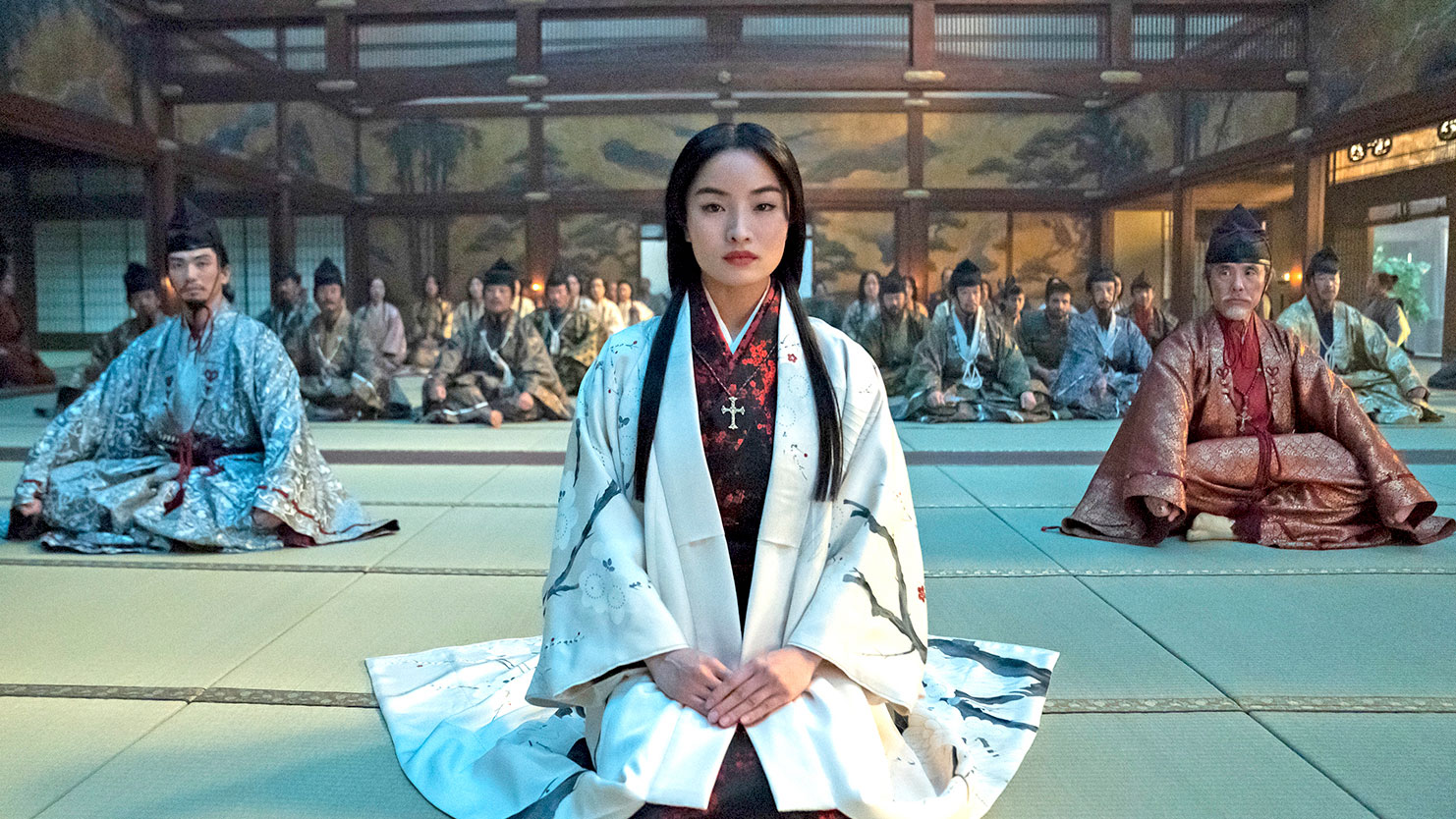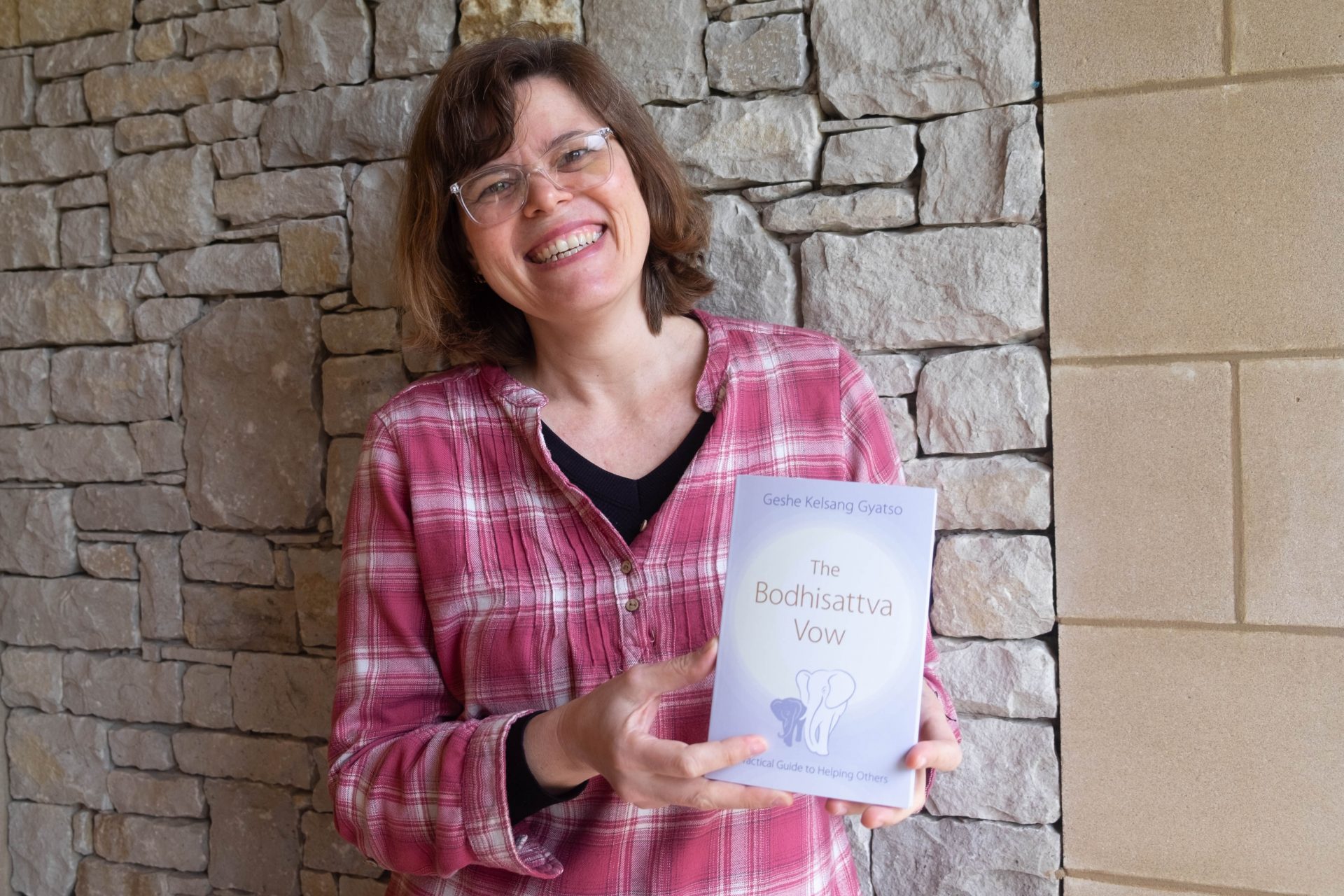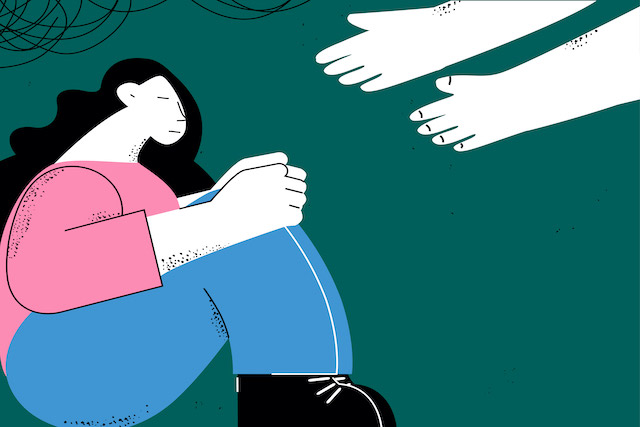The Dharma of Shogun
Paul Daisuke Goodman on what one critically acclaimed TV show teaches us about right view, right action, and deep listening. Spoiler warning. The post The Dharma of Shogun appeared first on Lion’s Roar.

With eighteen Emmy wins, the most ever in a single season, Shogun has cemented itself into television and cultural history. Its awards include Best Actor for Hiroyuki Sanada as Lord Yoshii Toranaga, Best Actress for Anna Sawai as Lady Mariko, and the top honor of Outstanding Drama Series. This primarily Japanese-language television show garnered over nine million views in its pilot episode and over the course of three weeks, it would amass over seven billion minutes streamed.
Shogun takes place in seventeenth-century Japan and covers the fictional rise of Yoshii Toranaga, modeled after the historical Shogun, Tokugawa Ieyasu. Based on James Clavell’s bestselling novel, this FX show—led by a majority Asian cast—has been lauded for its rich characters, beautiful design, and gripping political drama. What is often overlooked, though, is how Buddhism not only shaped the historical events of feudal-era Japan, but also how Buddhism consistently guides the narrative arc of this dynamic Japanese and Japanese American drama.
“One river is of raging fire, and the other is of torrential waves. Filled with fear, you cannot go back, go forward, or stand still.”
The introduction to Yoshii Toranaga establishes interconnectedness as one of the main Buddhist themes of the series. Toranaga, at the head of his army, is marching through the country when he pauses to hunt with his falcon. This falcon (named Shogun in real life and bred specifically for the show) represents Toranaga’s relationship with the world and how he moves through it. He tells his son, “[a falcon] conceals herself against the sun. Conserving energy, waiting for her moment. You might never know she’s there.”
Like this falcon, who appears on Toranaga’s arm whenever he needs a metaphor, Toranaga is patient and observant. His struggle against the Council of Regents puts him at a military and political disadvantage, but Toronaga’s cunning tactics and understanding of the world lead him to victory and a historical era of peace. Toranaga strives to be interconnected with all things, using the eightfold path, in particular right effort and right concentration, to pursue his country’s vision of peace. He does not fight against the forces that work against him, but instead he uses those exact pressures against his enemies. In this sense, he listens to the dharma, or the truth, unlike other characters in the series.
In the first episode, we are also introduced to John Blackthorn, an English sailor who serves on a Dutch fleet seeking to establish trade with Japan. When he and his starving, emaciated crew arrive in southern Edo (present-day Tokyo), he’s taken hostage by Toranaga. This Western, English-speaking brute declares his Japanese captors to be savages. The Japanese bathe him, dress him, give him food, but he does not know how to sit, how to eat, how to speak. Blackthorn, in this samsaric state, is as far from the Buddhist path as he can be. He is at war with his reality, rejecting the people around him, and—as we will learn throughout the series—rejecting himself. During his capture by Toranaga’s army, they teach him his first Japanese words: I understand. He understands nothing. Only his own ego and prejudice.
Blackthorn, who becomes known to the Japanese as “Anjin,” tries to reconcile this foreign world. He learns how to bow and other aspects of Japanese culture. He is shocked by their fierce loyalty and commitment to respect. The way they value life and death. “We live and we die” is a phrase we hear throughout the series.
We are also introduced to another phrase, which is first mentioned by Rodrigues, a Spanish sailor working for Anjin’s enemy, the Portuguese. Rodrigues hints at the dharma that Toranaga, Lady Mariko, and others listen to. He tells Anjin about shukumei or fate: “Fate. Fixed destiny. Everything is connected. You just have to accept your wee-place.” Anjin, again, rejects the teachings, rejects his suffering, closes his senses, and instead leans on his own ignorance: “These people are godless savages.”
Anjin’s struggle with acceptance is cast right alongside Toranaga’s efforts for unity and peace. Between them is Mariko, a noblewoman and translator for Toranaga. She’s the voice caught between the two polar opposites, and her position in this medieval period is similarly stymied. Duty, honor, religion, family, society—all these things put her in an impossible situation where she cannot live or die in peace. Like Toranaga, she searches for her own nirvana, but the path she walks takes a different shape.
Mariko wants to escape, and throughout the show she attempts to do this in many different ways. Most notably, through her technique called “the eightfold fence,” which she describes as “An impenetrable wall, behind which we can retreat whenever we need. You must train yourself to listen without hearing… the sound of a blossom falling or the rocks growing.”
On the surface, the eightfold fence is quite different from the eightfold path as we understand it today. However, the eightfold fence is Mariko practicing the first tenant of the eightfold path, right view. Hers is not a path, but a fence. An obstruction. Where most are free to walk the path, people like Mariko, and other women, like Fuji and Lady Ochiba, have a fence. A place on the path that is guarded. What the eightfold fence reveals about Mariko, Toranaga, Japan, and the dharma is how important it is to listen and how one’s view of the world impacts one’s self.
Anjin, unlike Mariko, refuses the path, the dharma. In episode four, called “The Eightfold Fence,” he cannot hear the blossoms falling or the rocks growing. Trying to understand this new world, he sits on the steps of his home, in the rain, watching the rock garden that is tended to by his gardener. A stream flows through the garden, but visually, its path is obstructed by Anjin. Unable to listen, he impedes the natural order of things.
The next day, on the beach, Anjin tries to tell Mariko how useful he can be. How he can help Toranaga by building him a massive naval fleet. Mariko responds by saying he has no idea what her people need. And she is right, because Anjin only sees his own gain. He’s trapped in his own ignorance and inability to listen, just like he feels trapped in Japan. On the beach, as they talk, an earthquake hits, and he hears the rocks grow.
In the final episodes, Mariko gives us her poem in death: “Flowers are only flowers because they fall.” To this point, she has been a hostage of her father’s failed coup, political pawn of Toranaga’s stratagems, abused and tormented by her samurai husband, and removed from Anjin. In the moments before her death, she and Anjin run. Chased by assassins and almost free of the castle, they become trapped. Instead of continuing to fight, the only recourse Anjin knows, Mariko invites death: “Anjin-sama, let it come.” She is listening, connected, letting the flow guide her. Shukumei, fate. She knows her death will secure the freedom of the other hostages in the castle and the rise of Toranaga—something Anjin still cannot comprehend. But when Mariko gives her life, he finally hears the blossom fall, and the lessons of her eightfold fence and the greater eightfold path begin to reveal themselves to him.
Shogun uses Buddhist themes such as interconnectedness, egolessness, and the eightfold path to reveal our human nature. Toranaga, Anjin, and Mariko all walk a thin path between anger, greed, revenge, and blind passion. This is much like a parable of that was described by Shan-tao, an influential Chinese Buddhist monk from the seventh century: On the journey to awaken enlightenment, you are chased onto a small white path between two rivers. One river is of raging fire, and the other is of torrential waves. Filled with fear, you cannot go back, go forward, or stand still. Shan-tao describes this danger as “three kinds of imminent death.” On the Western shore is the Pure Land, and as you move along the path, you are guided by Amida Buddha’s light.
Through its diverse yet interconnected characters, Shogun shows us our own path toward enlightenment. Toranaga is confidently focused on the Western shore. Mariko hears the call of Amida’s guiding light. And Anjin, chased by his demons, takes his first steps. Together, with our own path, we join these characters in a universal tapestry—listening and moving ever closer to the truth.

Paul Daisuke Goodman is a filmmaker and cancer survivor. He began his career as a camera operator on the high seas for Discovery’s Whale Wars. Now, he manages his own production company. Called Eight East Productions, it’s named for the wing of the hospital where he made his first films, Evergreen and No No Girl.

 Fransebas
Fransebas 
































